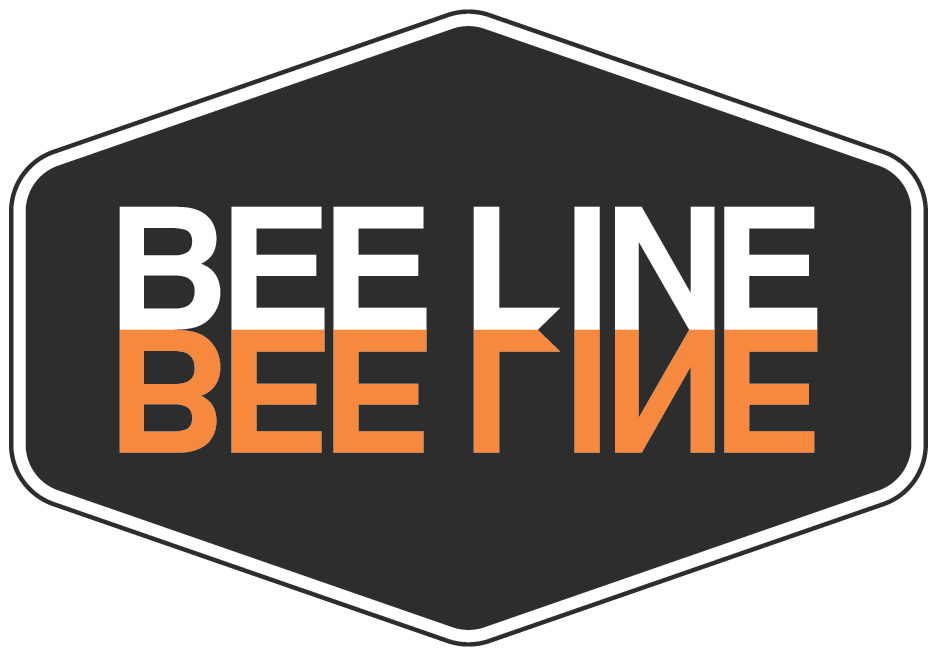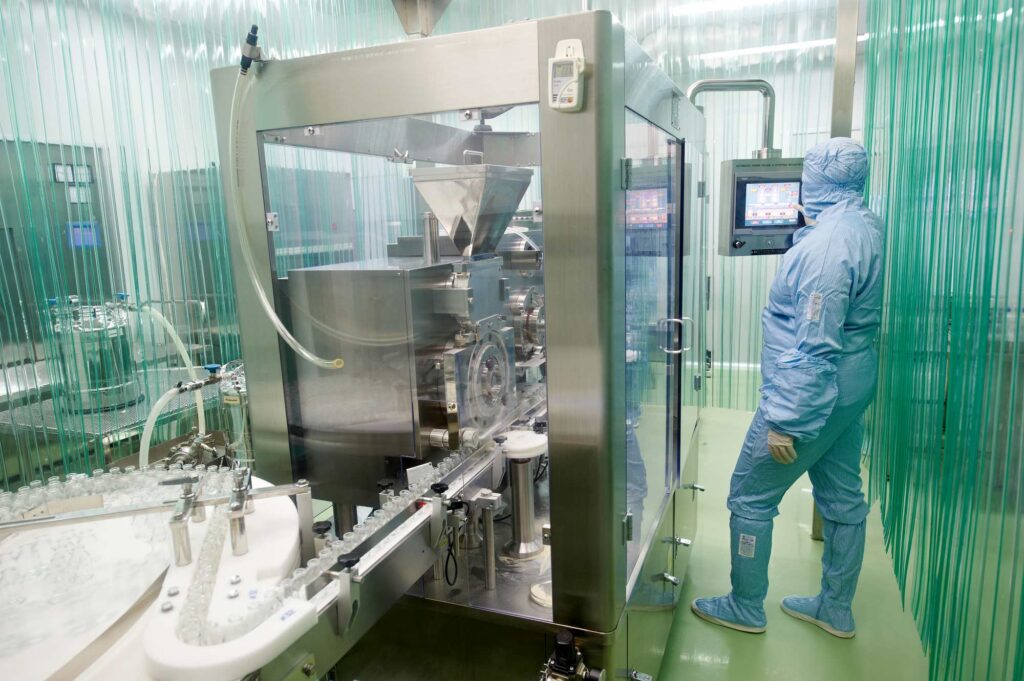Certain processes require an impeccable atmosphere to avoid adverse effects and anomalies. To help create a stable environment and eliminate potential problems, many industries use cleanrooms. Cleanrooms are enclosed areas designated for specific usages. They’re utilized by lab technicians, electronics manufacturers, biotechnology industries, food manufacturing, and even within the automotive industry. By maintaining a stabilized environment that’s free from excessive contamination, whatever is being manipulated or manufactured is protected from substances that may skew or damage the end result. This helps to reduce wasted time, money, and effort within a variety of industries.
Simply put, cleanrooms help control and maintain the required environment needed for certain procedures, testing, research, and manufacturing to be carried out efficiently. However, cleanrooms are not protected from contamination. Due to fluctuating personnel, handling equipment, and improper cleaning procedures, cleanrooms can become too decontaminated for use. To ensure that the environment stays in pristine condition, here are some best practices for cleanroom cleaning and sanitization.
The Importance of Keeping Correct Frequencies in Cleanrooms
Cleanrooms are considered controlled environments where levels of pollutants, microbes, pathogens, and other particles are at a minimum. The level of contamination is measured in particles per cubic meter and the particle sizes are calculated for analysis. When levels of contamination pass a certain threshold, the cleanroom is considered ineffective and unable to provide a safe environment that’s necessary for whatever task is being carried out. For example, city environments tend to contain up to 35,000,000 particles per cubic meter on average. Many of these particles tend to be 0.5 microns or larger in diameter, making the air unfit for many industry standards. Cleanrooms have a far lower particle per cubic meter and particle size. In fact, to be classified as a cleanroom, the room cannot exceed a maximum of 1,000 particles per cubic meter measuring at 0.1 microns. This creates optimal environments for manufacturing, researching, testing, quality control, and more. However, as with many industries, the frequency varies according to your industry and requirements. Some cleanrooms require frequencies far lower than 1,000 particles per cubic meter. This is why finding a professional company that follows high-quality cleanroom cleaning procedures is essential.
Different Cleanroom Cleaning Procedures
To make sure that the cleanroom achieves the necessary frequency of sanitization, it’s important to implement the correct procedures. One type of cleaning that’s commonly used is wet cleaning. This is a process of removing different sources of contamination using a specific type of cleaning fluid. Wet cleaning goes beyond simply killing pathogens and particles by removing the elements completely. Your professional cleaning company will utilize cleanroom cleaning supplies based on the surface being targeted and sterilization requirements and properly clean all medical equipment.
Cleanroom cleaning can also include dry transfer to remove particles from different surfaces. During this process, it’s fundamental that the cloths used are durable enough to eliminate the transfer of particles, fibers, or other materials. To ensure that your cleanroom is completely disinfected and decontaminated, you need to utilize the right equipment. Through the use of HEPA vacuums, EPA-certified cleaners, and advanced misting systems, Bee Line will ensure that your cleanroom is restored to its required frequency.
Bee Line offers cleanroom cleaning services with flexible scheduling to guarantee that your working schedule isn’t disrupted. We offer comprehensive cleaning programs and are also available to supplement your in-house program.
Basic Cleanroom Cleaning Tips to Consider
In an effort to hold your cleanroom to the highest standards necessary to conduct your work, it’s important to be proactive about minimizing contamination throughout the workday. This is the best way to stay on top of cleanliness and help reduce large disruptions to your environment. To start, here are some basic cleanroom cleaning tips to enforce.
1. Be Meticulous
Your employees should be familiar with cleanroom cleaning procedures to take care of any disturbances that occur during working hours. They should also make sure that while working in the cleanroom, they move carefully and meticulously to avoid creating disturbances that could spread contaminants. This includes making sure that all of the proper gowns and protective equipment are worn, carrying out actions with controlled motions, and cleaning any contaminants throughout the day.
2. Avoid Exposure
One of the best ways to improve the stability of cleanroom environments is to limit the amount of contamination that it’s exposed to from the start. Make sure that every item that enters the cleanroom goes through the proper sterilization methods. This includes personnel, equipment, parts, tools, and anything else that crosses the threshold into the cleanroom.
3. Change and Clean Filters Often
In conjunction with using the proper cleanroom cleaning services, take the time to ensure that all filters are cleaned and replaced regularly. This helps reduce the occurrence of particle accumulation and the spread of unnecessary contaminants.
4. Keep Floors Clean
The floor inside a cleanroom is one of the easiest places for contamination to accumulate. To reduce the likelihood of excessive contaminants, have personnel utilize shoe cleaners before entering the room. You should also consider adding sticky floor mats near the entrance that will remove particles before they’re tracked into the cleanroom.
5. Go Slow
Whenever you need to clean something, always use slow, controlled motions that push particles in the same direction as the airflow of the room. This helps to contain particles and contaminants throughout the workday. You should always clean your space from high to low and finish the process with the floor. Doing so will help you avoid recontamination of already disinfected areas.
By communicating some of the above cleanroom cleaning tips, you’ll help your staff better understand how to keep their environment safe and reduce the risk of unnecessary contaminants. While choosing the correct type of cleanroom cleaning supplies is important, so is the manner in which they’re used. Go slow and avoid swift, rapid movements to keep particles stable, and try to avoid the number of particles that are brought into a room, to begin with.
Bee Line Support is a certified medical-grade cleaning company equipped with the knowledge, supplies, and protocol necessary to disinfect and decontaminate your cleanrooms after each use. Our technicians are well versed in cleanroom cleaning best practices and work to ensure that your medical and research laboratories are returned to the frequency you need to accomplish your tasks without disruption. Bee Line also offers flexible scheduling to accommodate different needs and avoid disruption to your lab’s working schedule. Our compliance manager holds a Certificate of Mastery in Infection Prevention (CMIP). This process requires a rigorous three-phase certification program that provides graduates with the comprehensive ability to facilitate infection prevention care in all clinical environments. CMIP Managers understand the ins and outs of all types of microorganisms, such as viruses, bacteria, fungi, and pathogens, as well as types of chemicals, and how to apply them to make pathogens disappear. They’re trained in precautionary measures to increase the safety of everyone involved and ensure that the proper hand hygiene, use of personal protective equipment, and respiratory hygiene are completed.
Bee Line is dedicated to delivering the highest standards of cleanroom cleaning. We’re committed to providing services that ensure your cleanroom adheres to its required working frequency. To learn more, or receive a quote for cleanroom cleaning, contact Bee Line today.
About The Author
Tom Klimaszewski
author
Tom is your go-to-guy for any health and safety concerns on-site! Tom has lots of experience as a Safety and Compliance Manager in commercial cleaning, healthcare, office, airport settings, with his education in Environmental Studies. He has earned his Certificate Mastery in Infection Prevention (CMIP) and Trainer for Certified Surgical Cleaning Technician (T-CSCT), so to say he’s knowledgeable would be an understatement. When he’s not combatting germs, you can find Tom painting, writing songs, hiking, fishing, and belting out his favorite tunes at karaoke! His favorite part of working with Bee Line is the collaborative and supportive environment.




